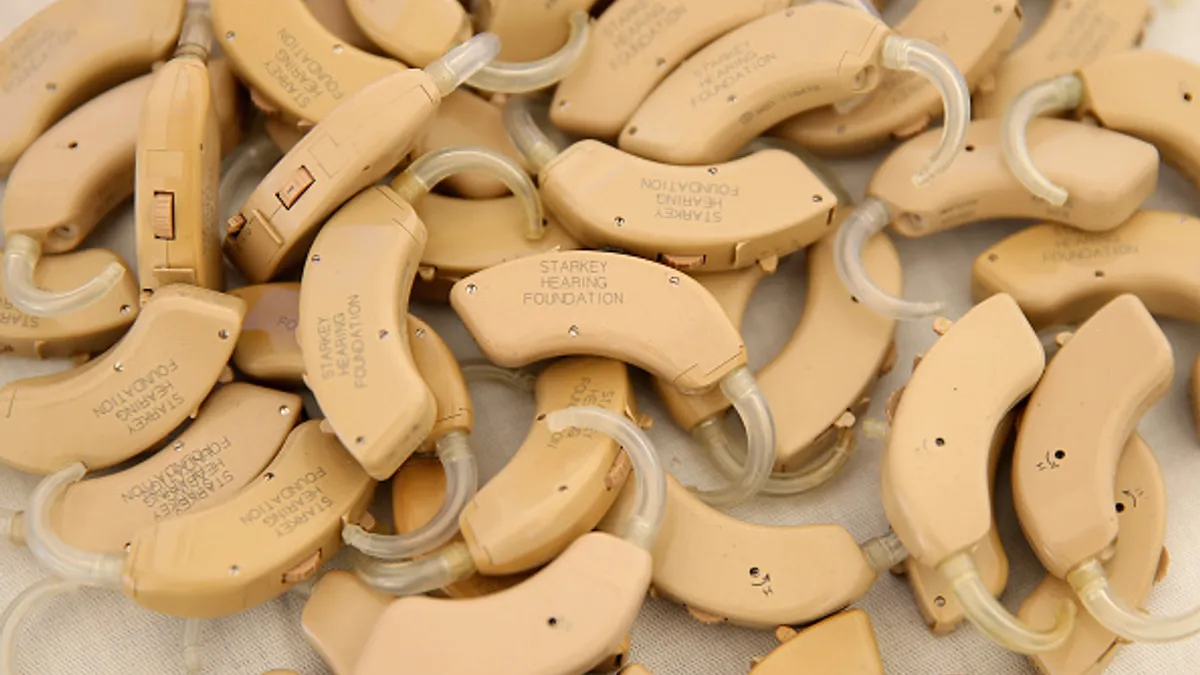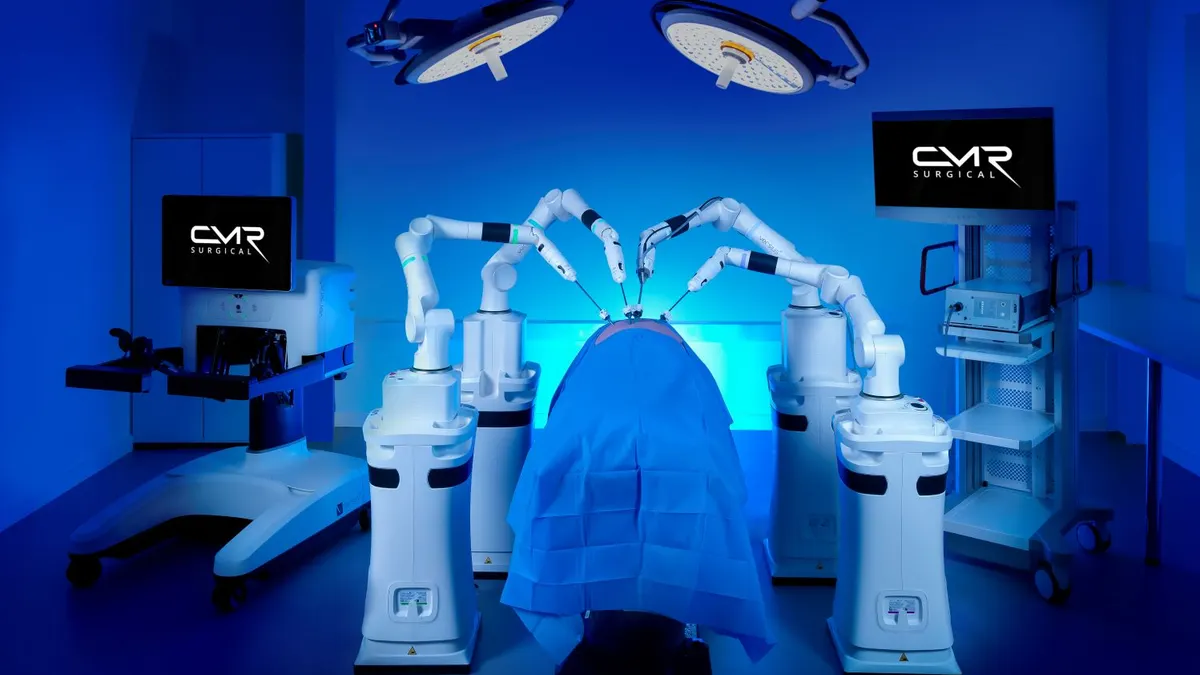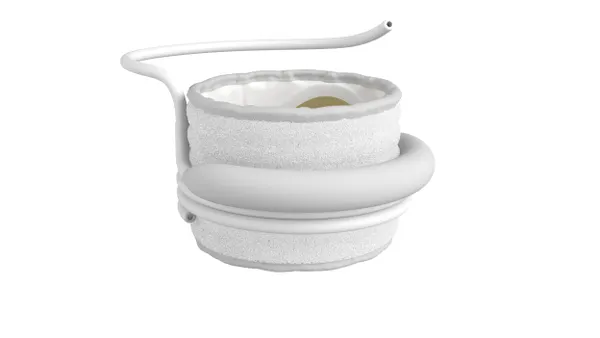With the Food and Drug Administration clearing the path for over-the-counter sales of hearing aids, a mix of new entrants including startups, big tech companies and retailers such as Best Buy is expected to shake up the sector and eventually drive down costs for consumers, according to industry members and experts.
Patients could see over-the-counter hearing aids hit shelves as soon as October after the FDA on Tuesday published a final rule creating a category of devices that don’t require a prescription for adults with mild to moderate hearing loss.
A goal of the legislation is to reduce prices by allowing consumer electronic companies to get into a space dominated by a handful of hearing-aid manufacturers, including ReSound, Sonova, and William Demant, analysts with Cowen wrote in a research note on Tuesday.
Some companies have already begun offering over-the-counter hearing aids after Congress passed legislation in 2017 requiring the FDA to create the category of devices. Bose, known for its audio equipment, got FDA clearance in 2018 for the first over-the-counter hearing aid. But earlier this year, the company stopped making hearing aids, cutting its health division. It struck a partnership with South Africa-based Lexie Hearing to sell a direct-to-consumer hearing aid “powered by Bose.”
Lexie is taking the technology developed by Bose and adding remote support, rewards and a team of audiologists to help people adjust their hearing aids as needed. It also has its own direct-to-consumer device. Once the final rule goes into effect on Oct. 16, the company plans to start selling products in the over-the-counter category of hearing aids, said Lexie COO Seline Van der Wat.
San Jose-based Eargo currently sells some of its devices directly to consumers, and Best Buy plans to sell hearing aids in its stores this fall.
Established hearing aid companies also are planning to offer their own versions. Even after pushing back on some aspects of the FDA’s rule, Starkey, one of the “big five” hearing-aid manufacturers, plans to offer an over-the-counter hearing aid while sticking to its network of audiologists.
“Starkey believes better hearing is best served through the hearing professional and in the future will offer an OTC product through their providers,” CEO Brandon Sawalich said in an emailed statement. “We support the increased access for those who want to take their first step towards better hearing.”
There’s also an opportunity for tech companies to enter the market. Last year, the Wall Street Journal reported that Apple Inc. was studying the potential of its AirPods headphones to be used as a health device
The FDA expects the shift to over-the-counter sales to help drive down the cost of hearing aids by making it easier to price shop for hearing aids and letting new entrants into a market dominated by the “Big Five.” Still, it may take time for prices to fall and to see which companies will have staying power in the market.
“The reality is, this space isn’t easy,” said Blake Cadwell, founder of online hearing product marketplace Soundly, which offers prescription and over-the-counter devices.
“Any company that jumps in will have to be serious. There’s both a serious technology aspect to it. And then the education, the service, helping consumers find their way to better hearing is not a simple proposition,” he said. “The underlying challenge is, no one's hearing loss is equal. It’s not just the severity… You have all different shapes and sizes of hearing loss.”
Cadwell said he expects the FDA ruling to cut the costs of hearing aids, which currently sell for about $4,000 to $5,000 per pair.
“I’ve been excited about this as a development in the hearing healthcare space since I first learned about it a couple of years ago,” Cadwell said. “I think it definitely will do as intended; it will drive down prices.”
‘Huge’ for patients
Part of the reason that hearing aids have been expensive for consumers has been because of the requirement that patients see a doctor or a hearing specialist, said Brian Deese, White House Director of the National Economic Council.
“That not only limited who could enter the market and get distribution. But the bundling of hearing aids with exams also reduced competition by making it harder for consumers to comparison shop for the best deal, which eroded the competitive pressure to charge less,” Deese said in a Tuesday briefing.
According to the final rule, the FDA expects the changes to drive a roughly $62 million per year benefit to consumers, or more than $2,800 per pair of devices.
It may take time to realize some of the expected benefits. Companies that already have 510(k) cleared hearing aids have 240 days to comply with the new rules. New devices that have to submit a 510(k) have 60 days.
The rule also preempts any state requirements that would restrict commercial activity or reduce effectiveness of the devices.
For patients, “this is huge,” said Frank Lin, a professor and director for the Cochlear Center for Hearing and Public Health at Johns Hopkins University.
“Really the only option right now is you go to an audiologist or hearing clinic and you plunk down a few thousand dollars,” he said. “That model is completely appropriate for some people who need that level of care. I know plenty of other patients who are already pretty tech savvy and they just want to buy a device that could help them hear a little better.”
It’s especially significant since many patients who could benefit from a hearing aid don't currently wear one, and hearing loss is a risk factor for dementia, Lin added.
As for the difference between prescription and over-the-counter hearing aids, there is one, but overall “they work really well,” Soundly’s Cadwell said.
For example, when he wore Bose’s over-the-counter hearing aids, Cadwell said he had to go through the process of customizing them to his hearing. They also didn’t have some premium features that some of the higher-end hearing aids did, such as suppressing the background noise of loud cicadas outside or being able to stream music through the devices.
“I would expect over time more sophisticated features to move into the over-the-counter market,” Cadwell said. “The question is, how much can you expect someone to pay for something they’re doing themselves, and how much can you expect to pay for premium features?”
Cadwell estimates that prices for over-the-counter devices won’t change much in the short term and will likely remain about $600 to $900 per pair.
“I think you’ll probably see those premium products move down pretty significantly over the next few years,” he said.





















